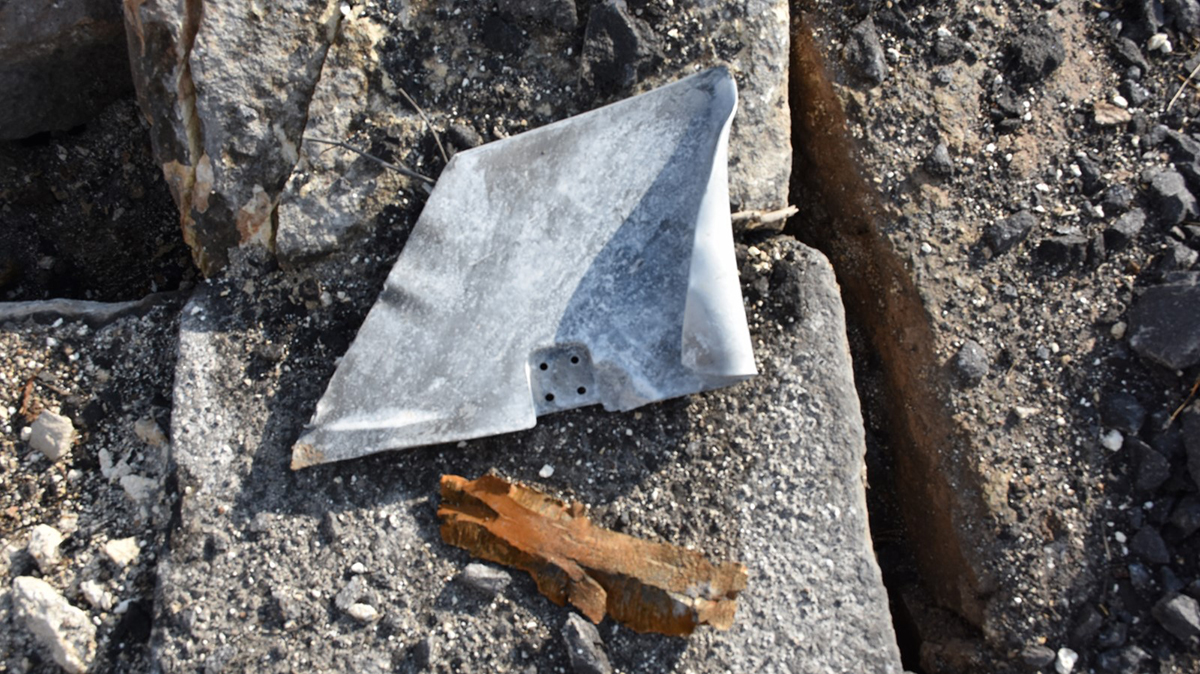

UPDATE: AIN DARA
U. S. DEPT. COOPERATION AGREEMENT NUMBER: S-IZ-100-17-CA021
BY Michael D. Danti, Darren P. Ashby, Marina Gabriel, and Susan Penacho
* This report is based on research conducted by the “Safeguarding the Heritage of the Near East Initiative,” funded by the US Department of State. Monthly reports reflect reporting from a variety of sources and may contain unverified material. As such, they should be treated as preliminary and subject to change.
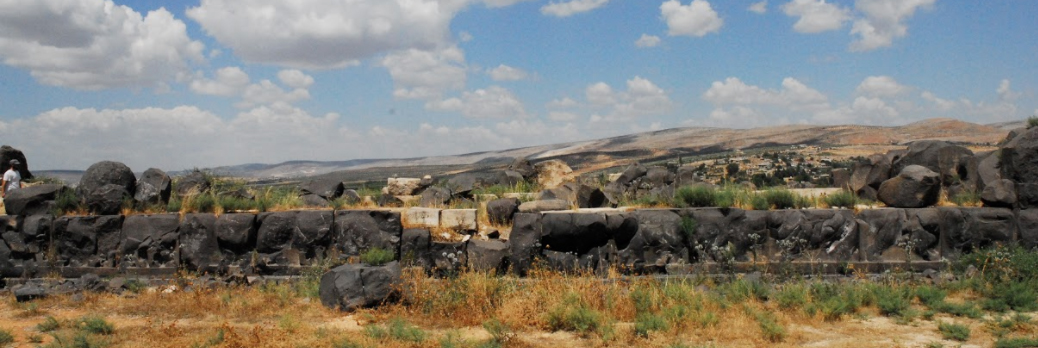
Ain Dara (Michael Danti; June 2010)
Satellite imagery analysis by ASOR CHI confirms that between January 20 and January 22, 2018 large-scale damage occurred at the Early Iron Age temple at Tell Ain Dara, an archaeological site located ca. 5.8km south of Afrin in Aleppo Governorate. Several news agencies attributed the damage to a Turkish Air Force strike. The temple is an important example of Syro-Hittite religious architecture and the most extensively excavated structure of its kind in Syria. The temple is elaborately decorated with a series of basalt orthostats with geometric and representational motifs that line its exterior and interior walls. Additionally, the thresholds of the doorways into the antecella and cella contain a unique decoration that consists of two footprints carved into the exterior threshold and a single footprint on each of the two interior thresholds.
According to the news agencies, Turkey and allied militias began to carry out military activities in Afrin Canton on January 20, 2018 under the codename Operation Olive Branch. The reports indicated that the stated purpose of the operation was to extend a “buffer zone” that would sever YPG access to the Turkish border. Turkey considers the YPG to be directly linked to the PKK—a Turkish and US-designated terrorist organization that operates inside Turkey. Turkey has long voiced its concerns regarding increased Kurdish YPG presence along the border it shares with Syria.
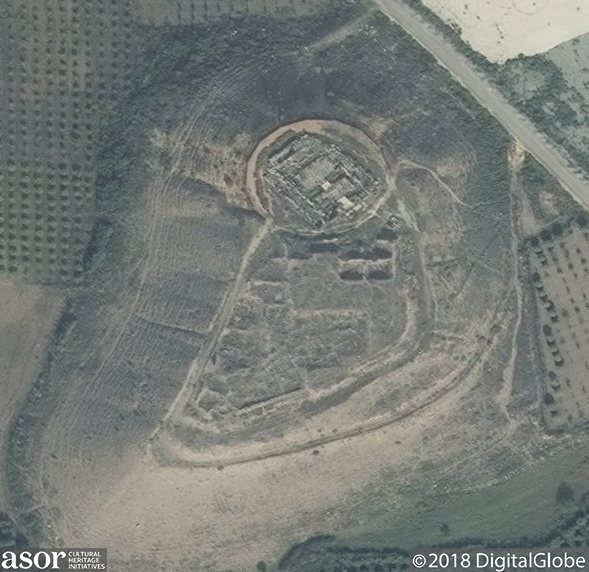
Ain Dara prior to recent damage (DigitalGlobe NextView License; November 9, 2017)
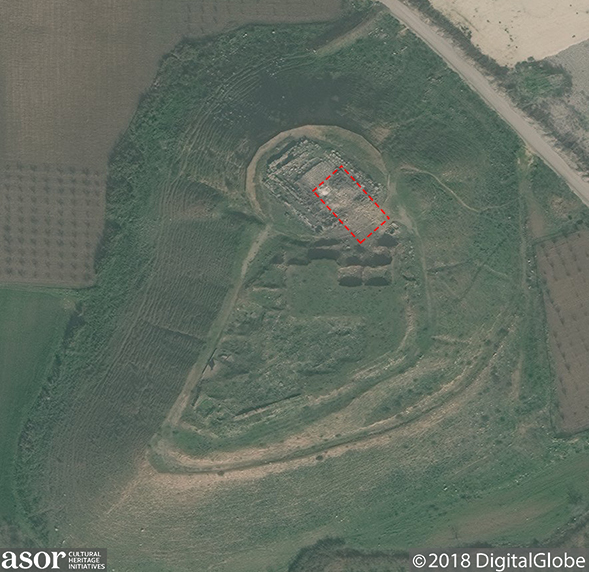
Visible damage to the site as indicated by red rectangle (DigitalGlobe NextView License; January 29, 2018)
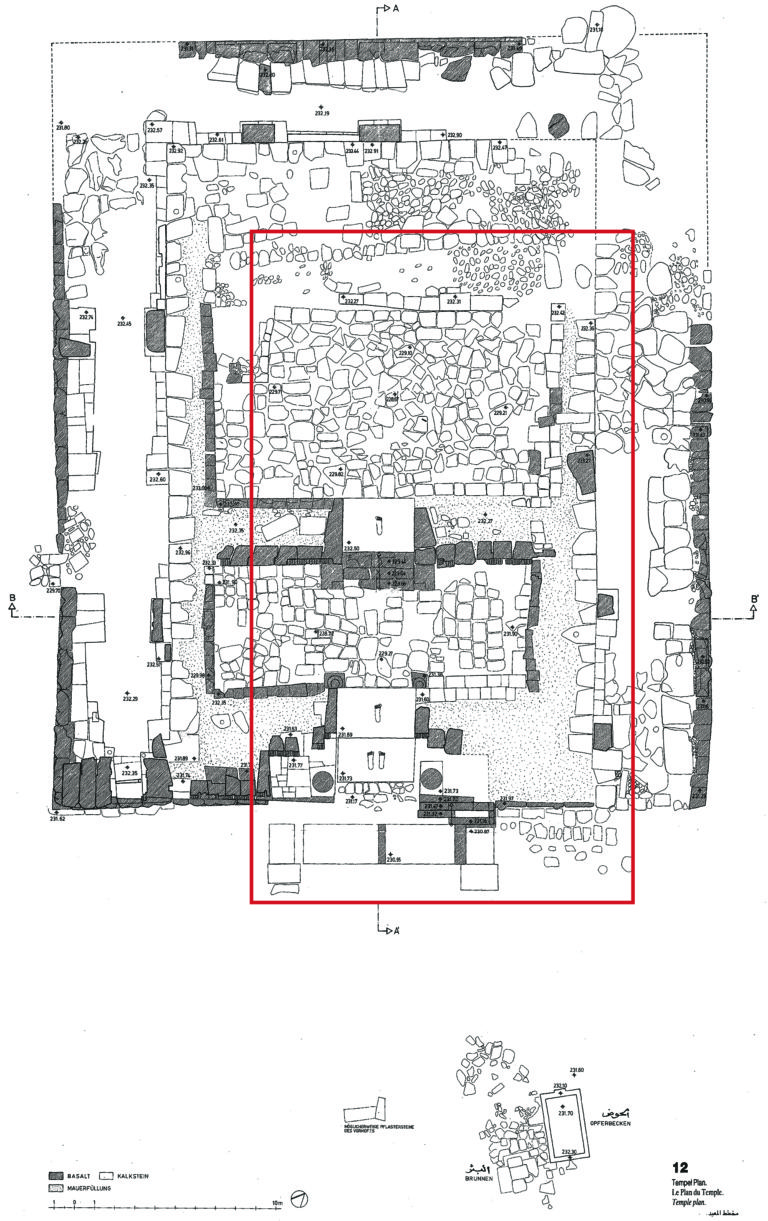
The area most heavily affected by the attack (Plan from Assaf, The Temple of ‘Ain Dara, fig. 12)
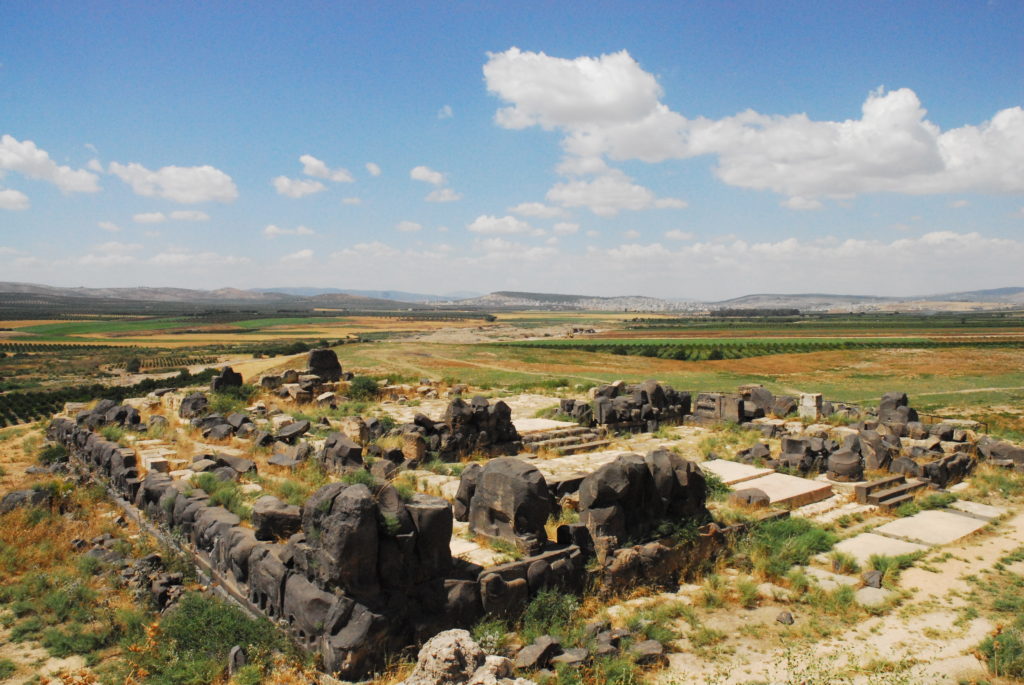
The Ain Dara Temple in 2010, seen from the south (Michael Danti; June 2010)
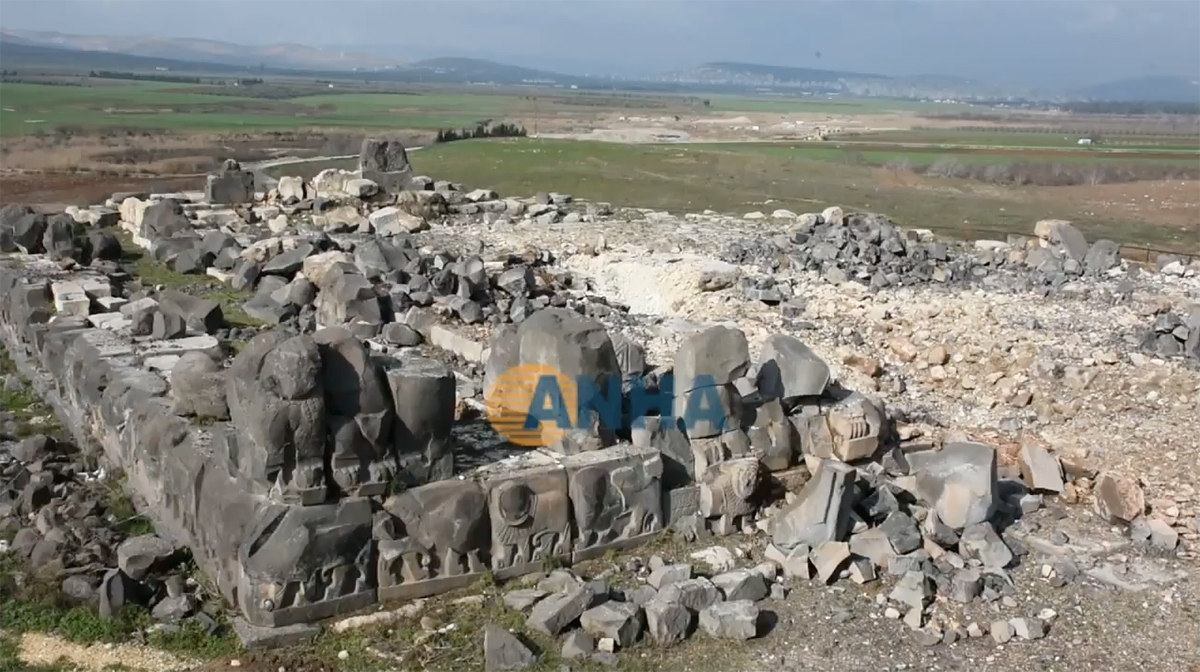
Video still of the current condition of the temple, seen from the south (Hawar News; January 27, 2018)
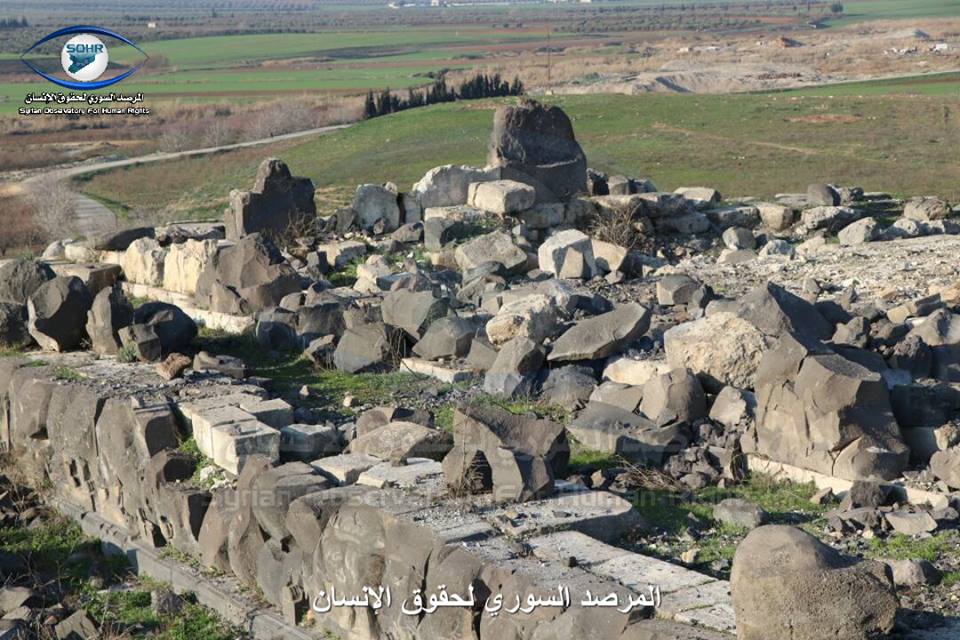
The cella and northern wall of the building, seen from the south (Syrian Observatory for Human Rights; January 28, 2018)
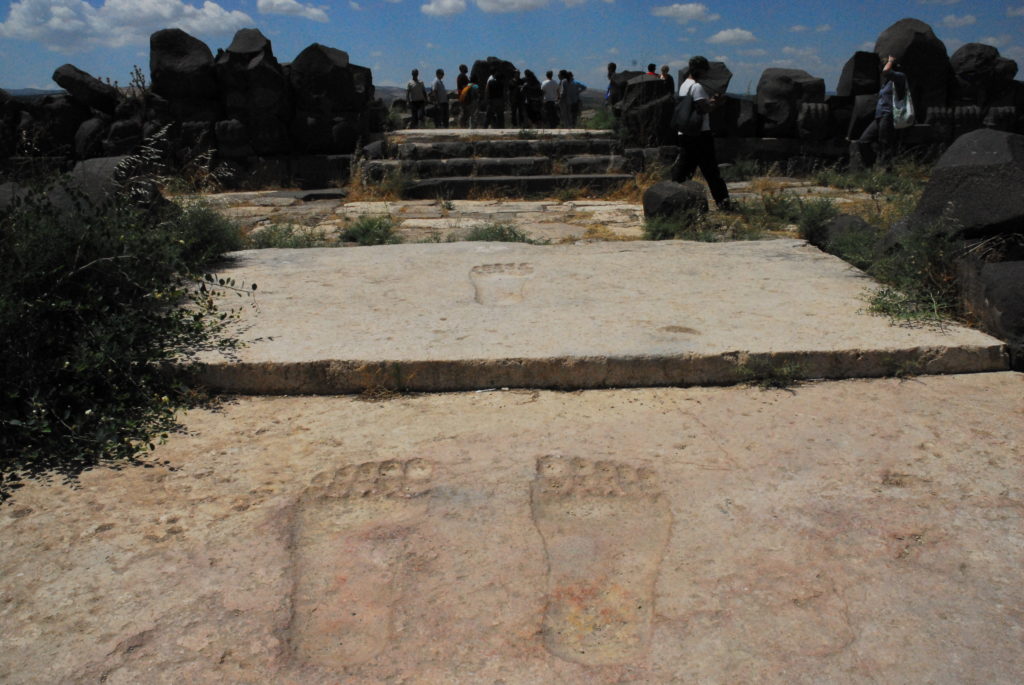
The stone thresholds with carved footprints in the entrance to the building, seen from the southeast (Michael Danti; June 2010)
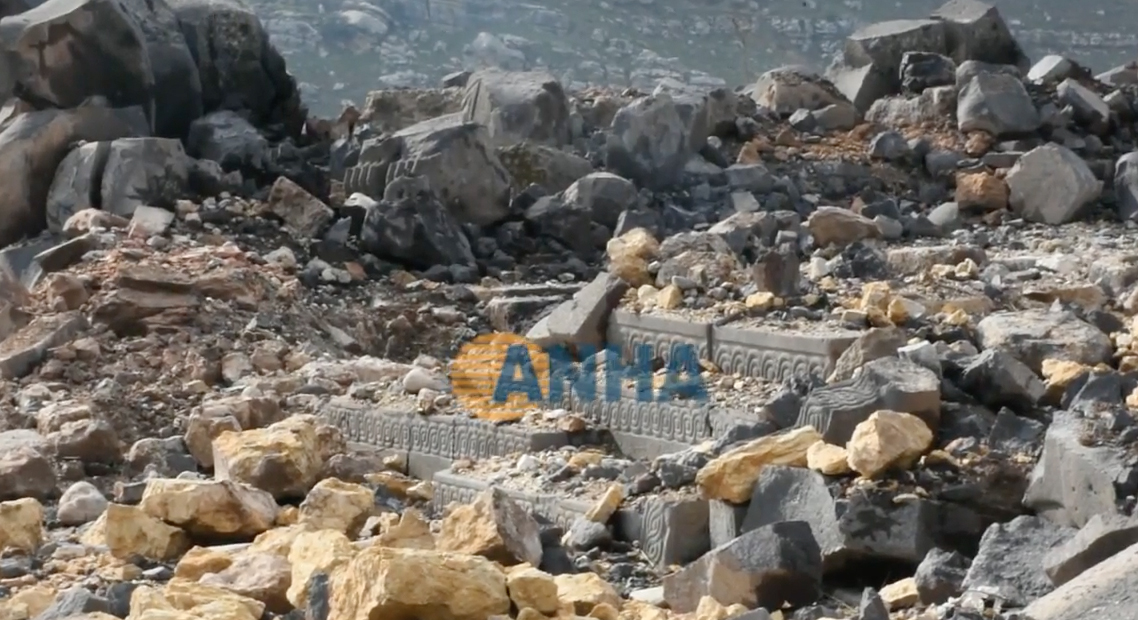
Video still of the entrance to the temple, seen from the east (Hawar News; January 27, 2018)
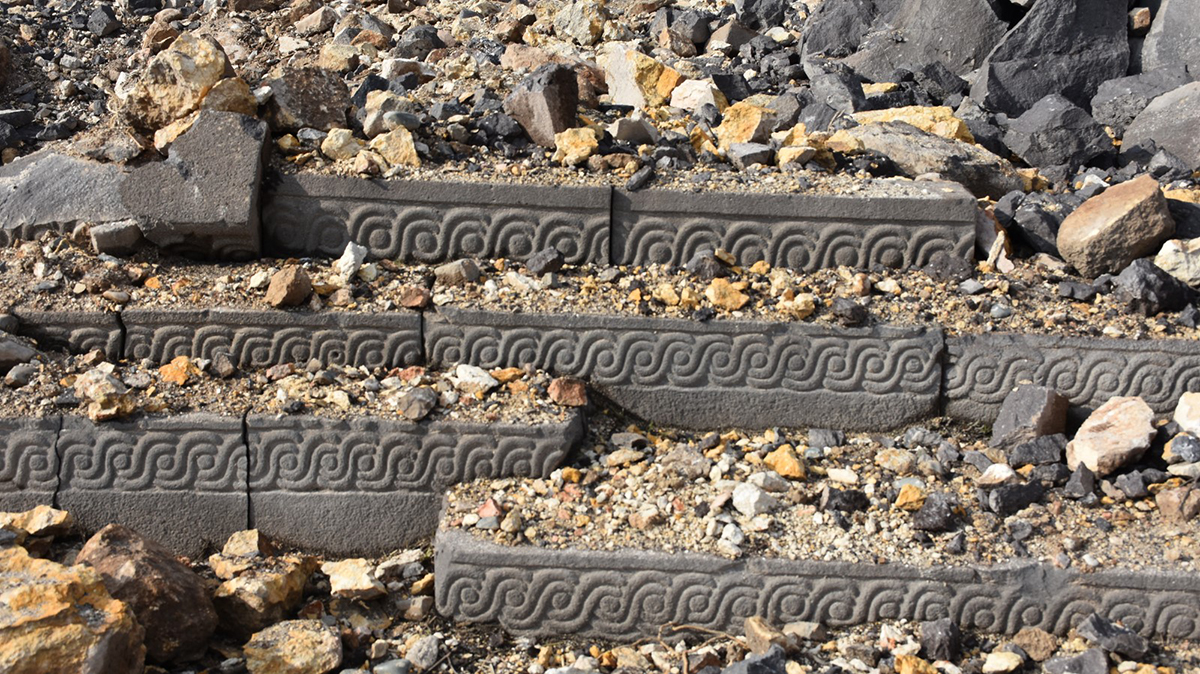
Stone steps with a guilloche pattern that lead up to the entrance to the temple, seen from the southeast (Hawar News; January 27, 2018)
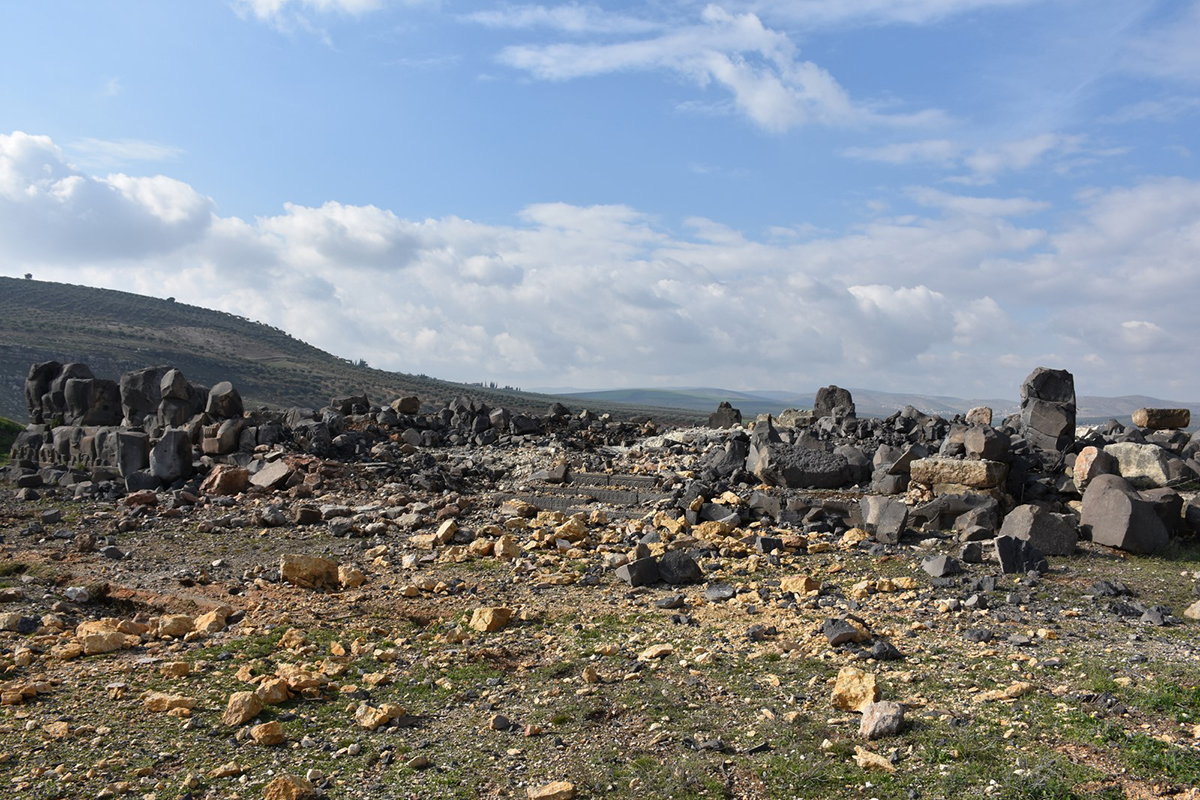
The entrance and southern facade of the building, seen from the east (Hawar News; January 27, 2018)
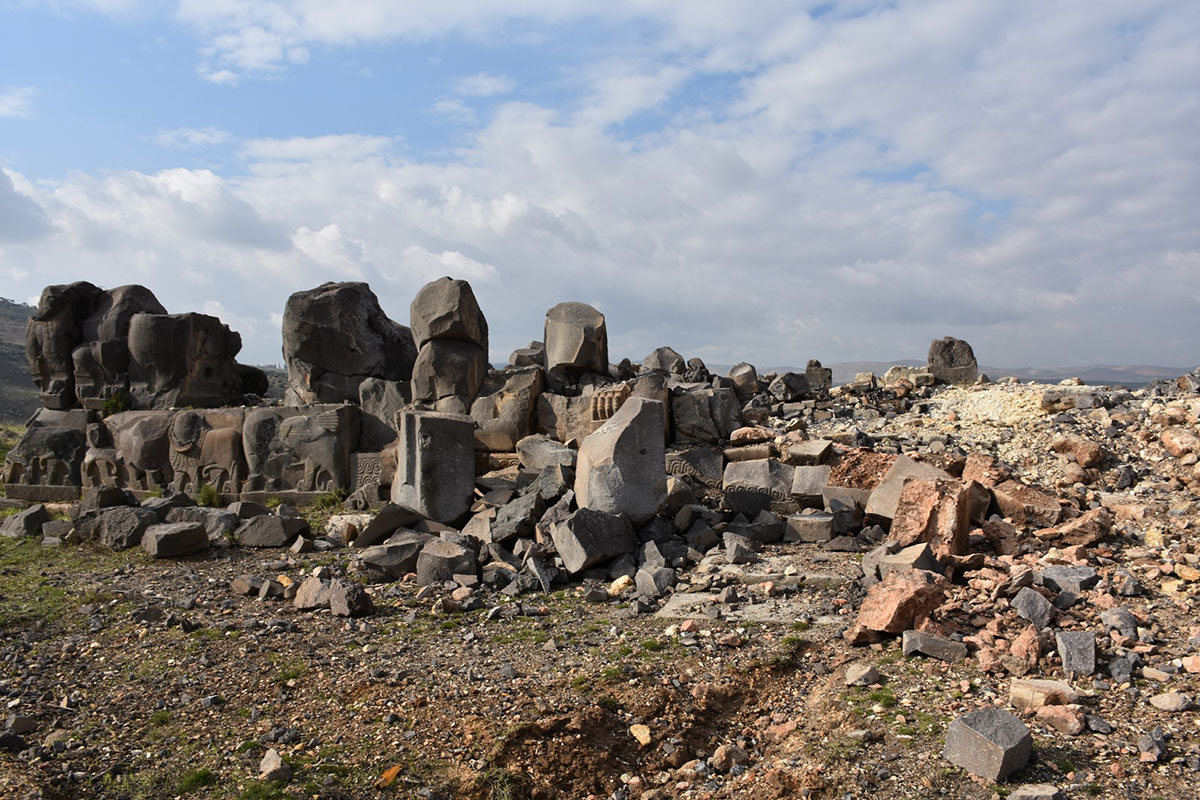
The entrance and orthostats in the southern facade, seen from the east (Hawar News; January 27, 2018)
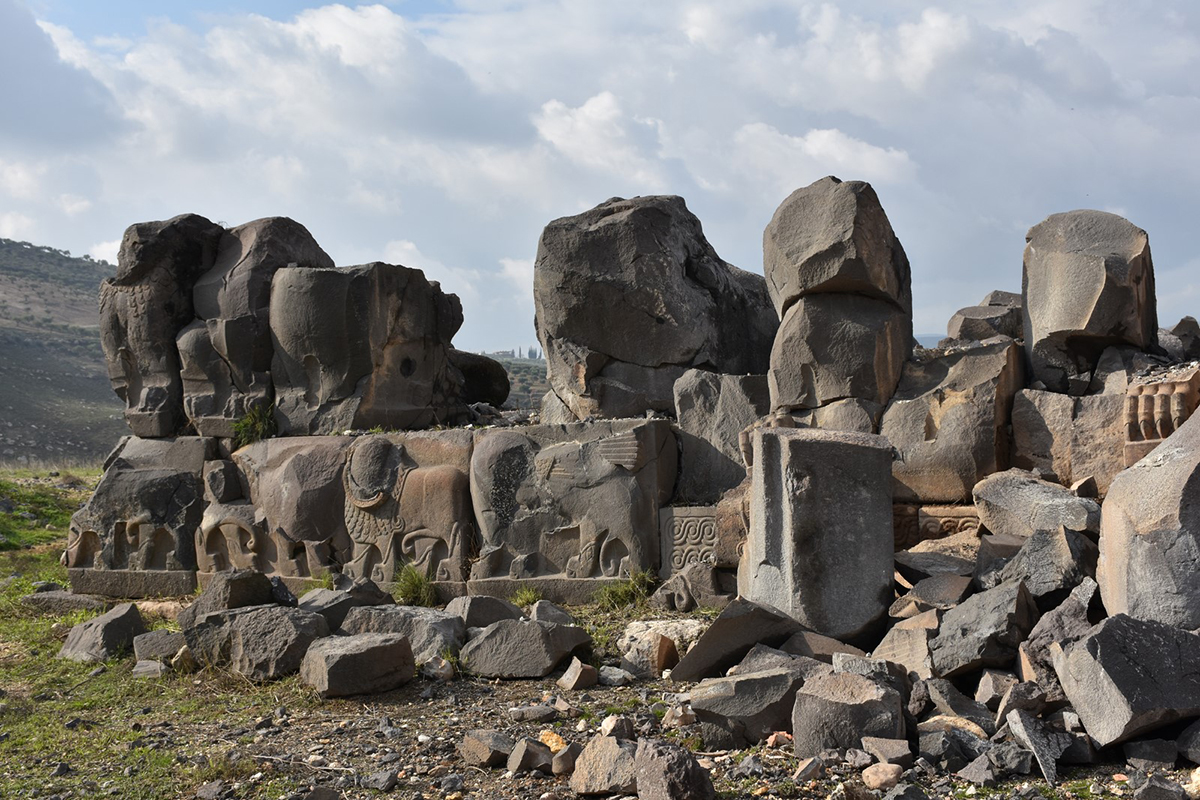
A series of basalt orthostats located to the west of the entrance, seen from the east (Hawar News; January 27, 2018)
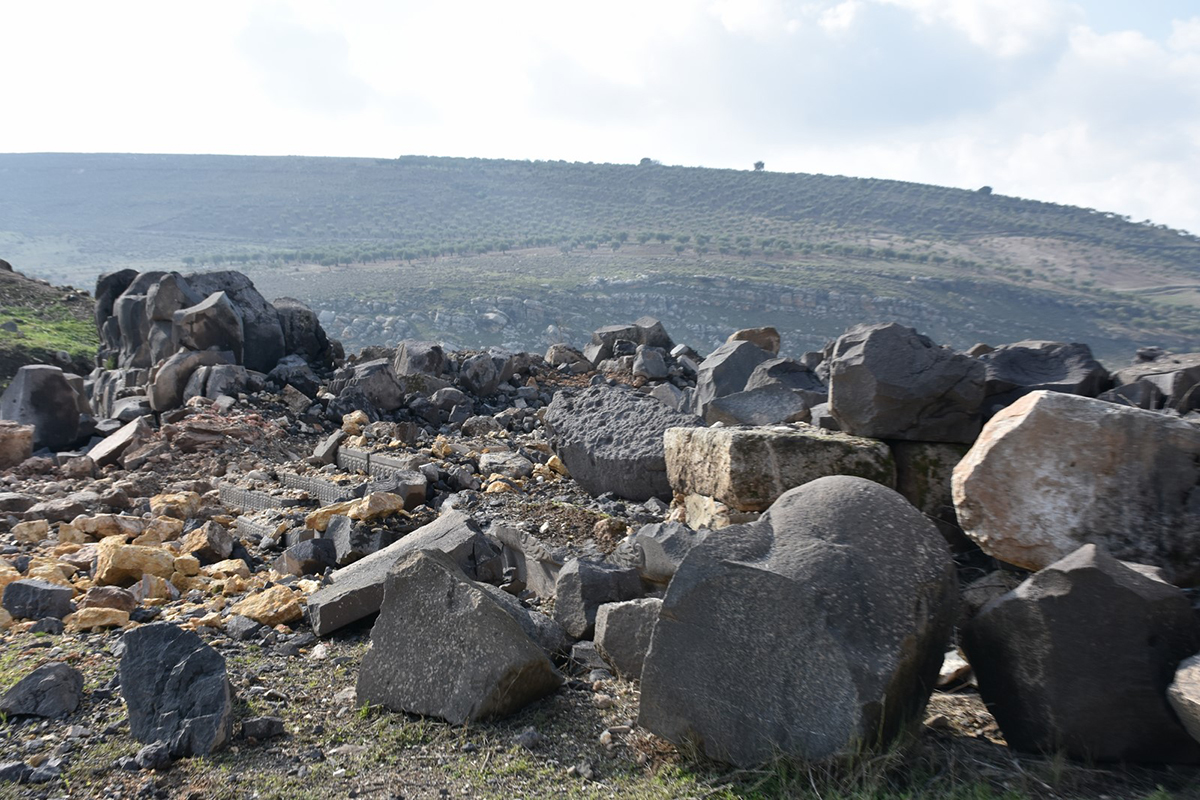
The entrance to the building, seen from the northeast (Hawar News; January 27, 2018)
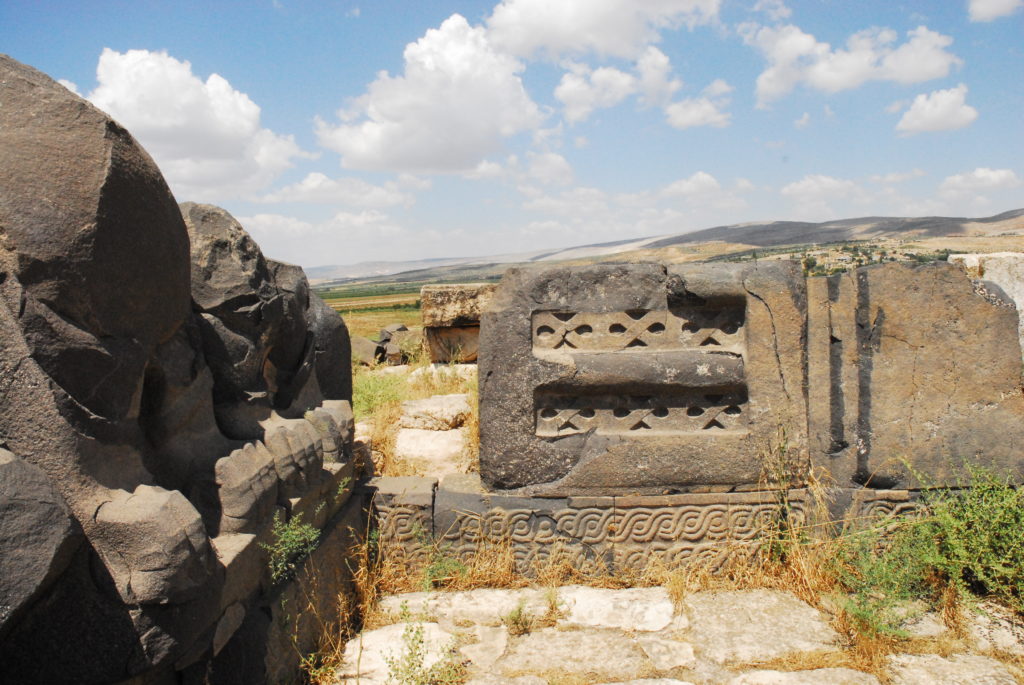
The northeastern corner of the antecella in 2010, seen from the southwest (Michael Danti; June 2010)
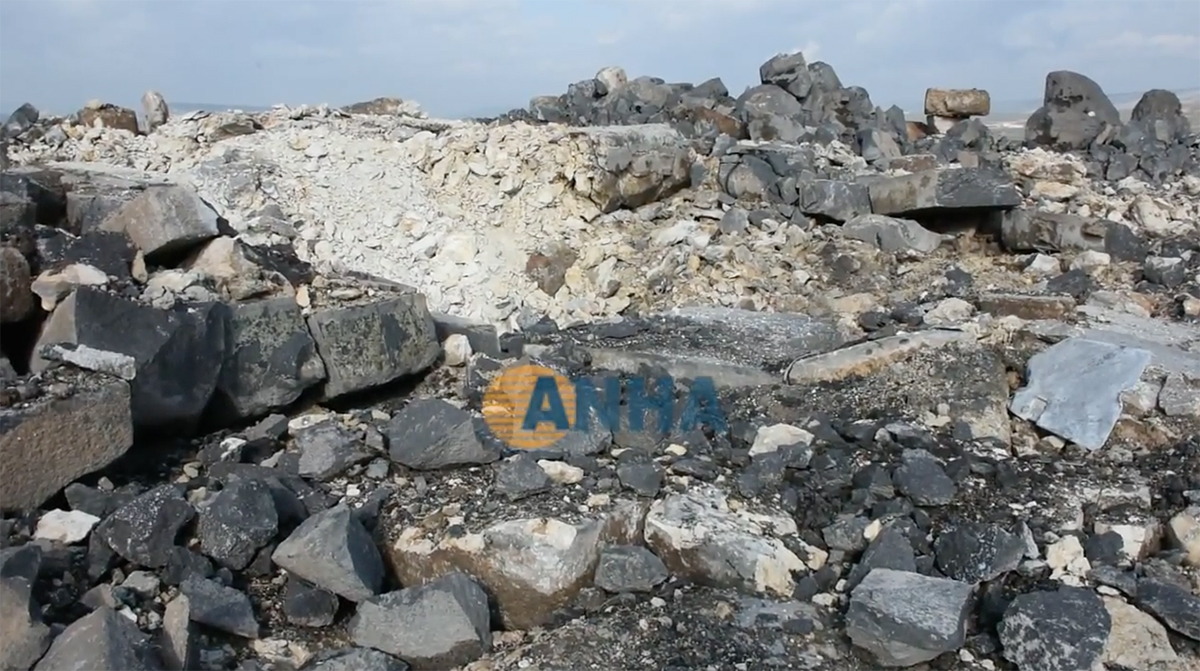
Video still of the current condition of the antecella, seen from the southwest (Hawar News; January 27, 2018)
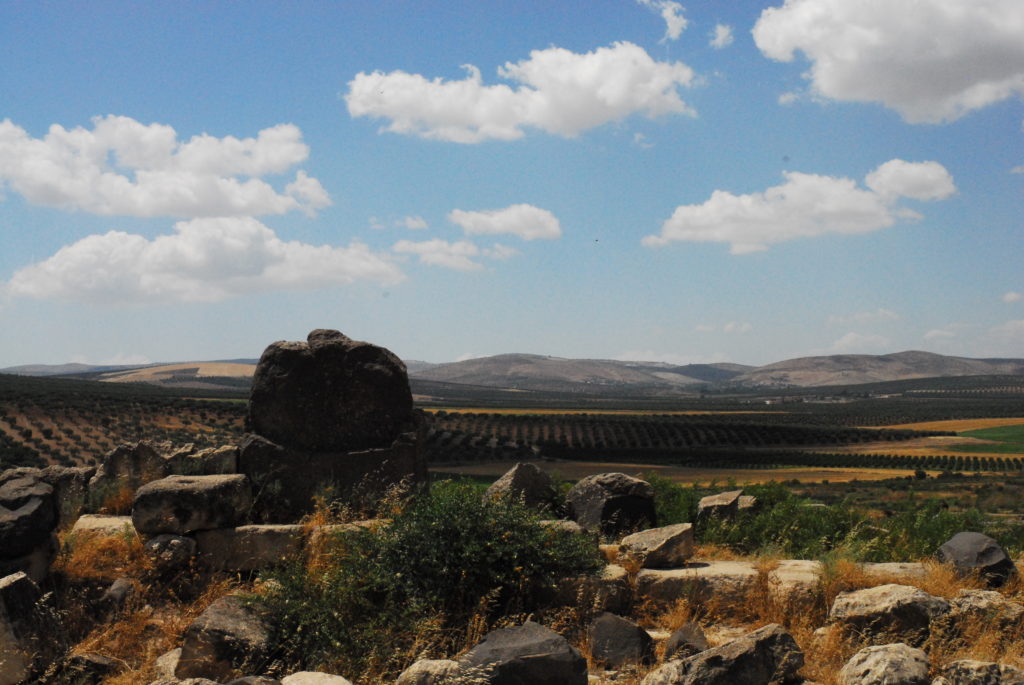
The northernmost interior wall of building, seen from the southeast (Michael Danti; June 2010)
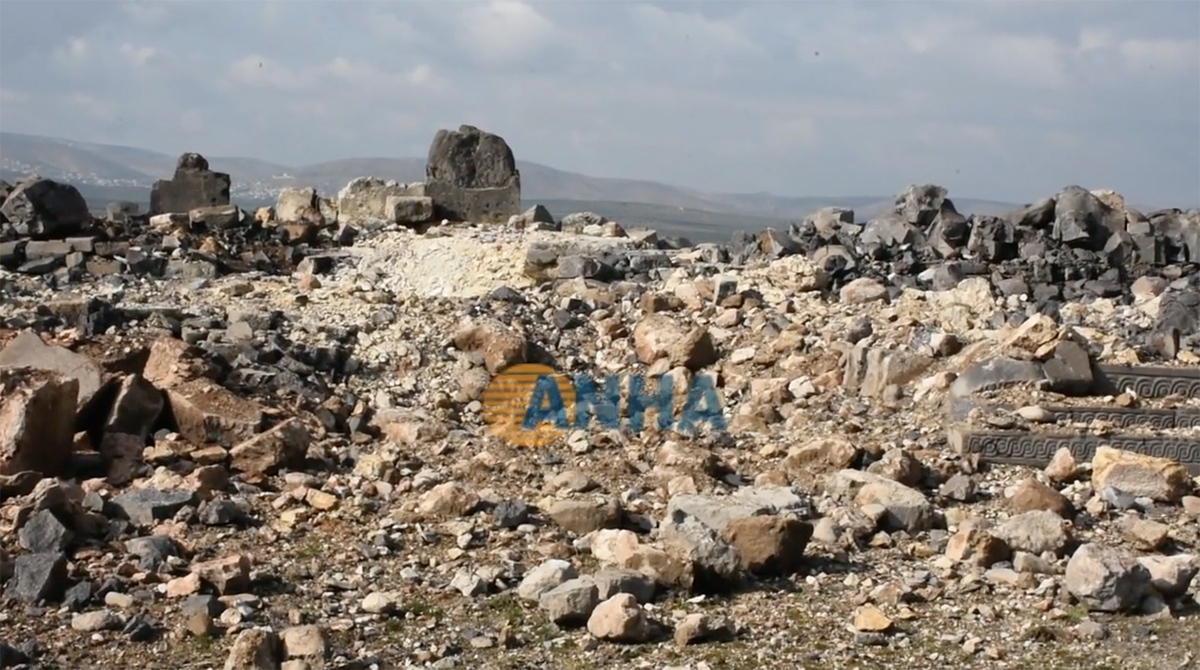
Video still of the current condition of the northernmost interior wall, seen from the southeast (Hawar News; January 27, 2018)
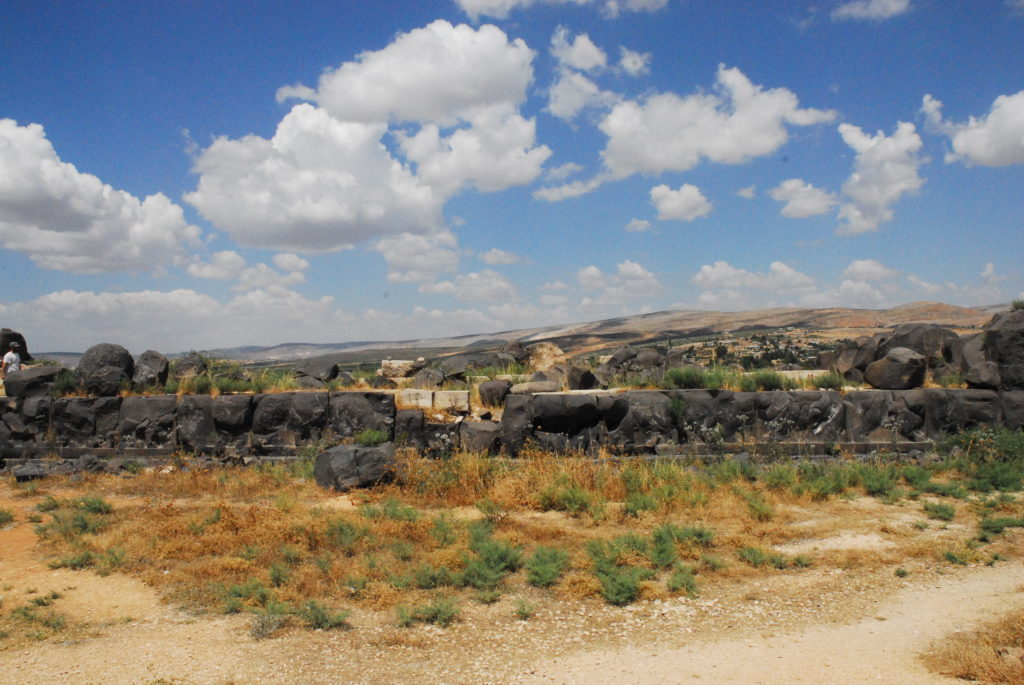
The western facade of the building in 2010 (Michael Danti; June 2010)
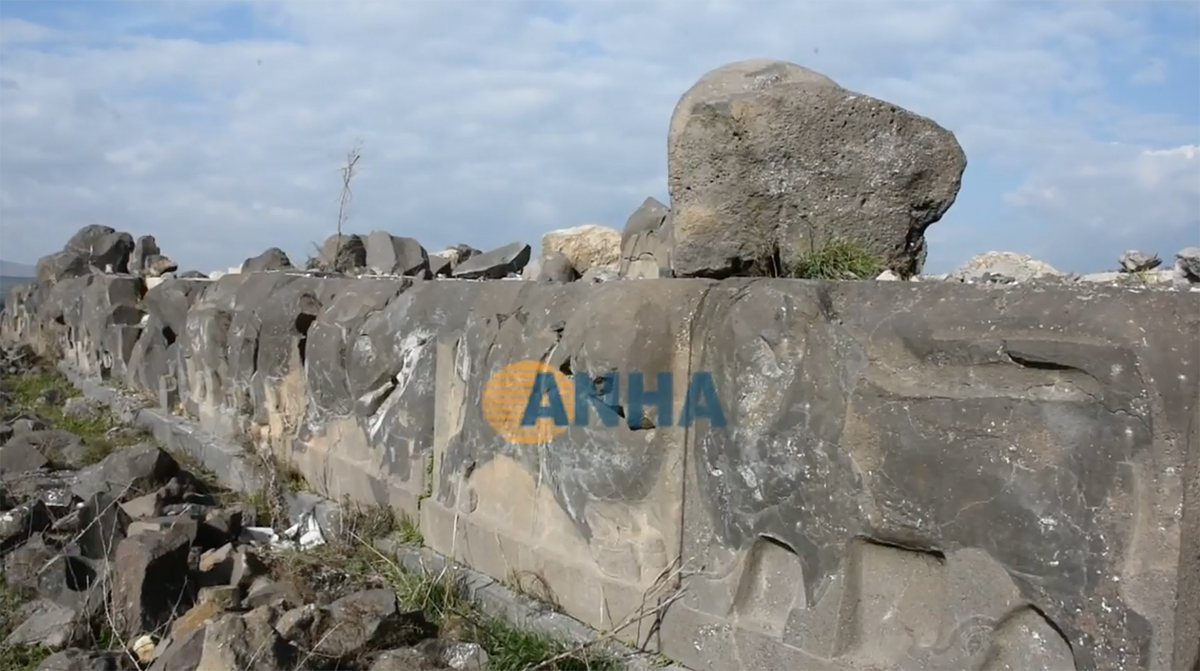
Video still of the current condition of the western facade (Hawar News; January 27, 2018)
